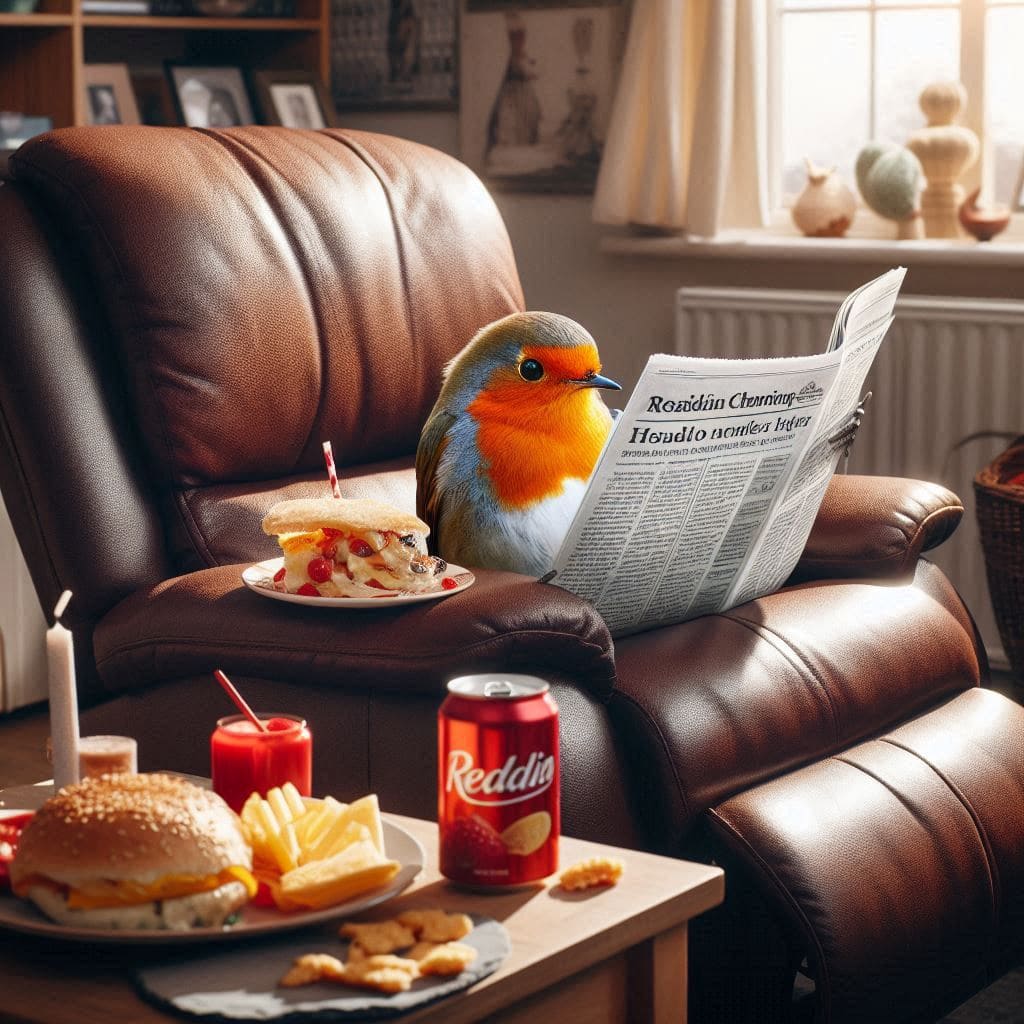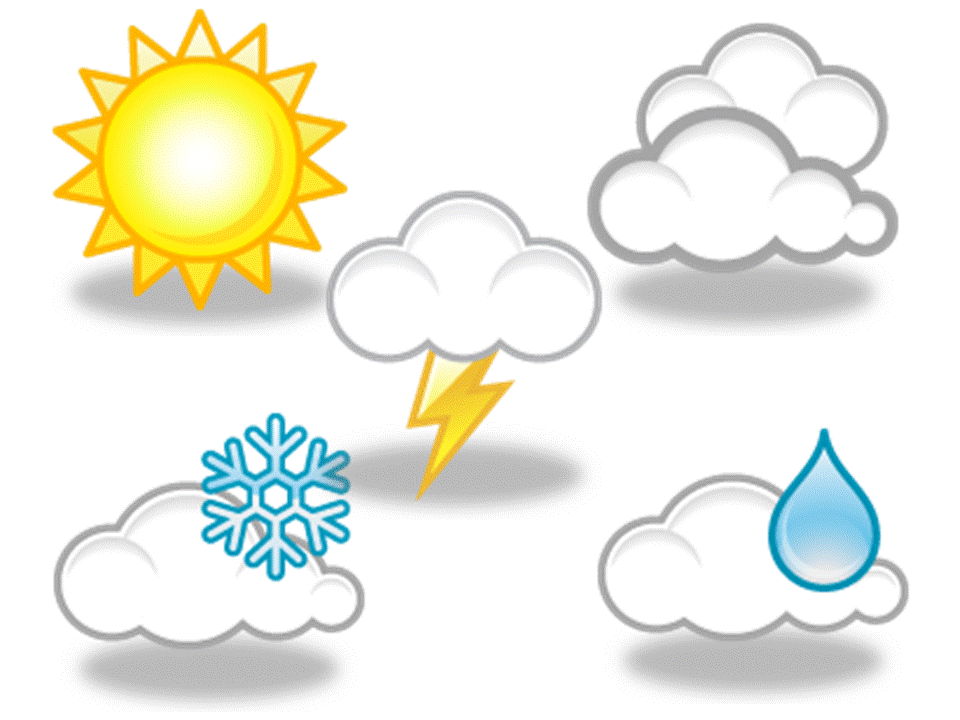US Consumer Product Safety Commission - Recent recalls and product safety news
-
TREK Recalls Electric Bicycles Due to Fall or Crash Hazard
The bolts on the chainring can come loose, causing the chainring to separate from the bike, resulting in a fall or crash hazard to the user.
-
Primark Recalls Little Bear 2-Pack Soother Clips Due to Choking and Laceration Hazards
The wooden button on the soother clips can come off, exposing a sharp screw, which can pose choking and laceration hazards.
-
SKCAIHT Children’s Costumes Recalled Due to Risk of Injury from Phthalate Exposure; Violates Federal Phthalates Ban; Sold on Amazon by SKCAIHT Direct
The children’s costumes contain a prohibited phthalate, which violates the federal phthalates ban. Phthalates are toxic if ingested by young children and can cause adverse health effects.
-
Uuoeebb Infant Walkers Recalled Due to Risk of Serious Injury or Death from Fall and Entrapment Hazards; Violate Mandatory Standard for Infant Walkers; Sold on Amazon by BaoD
The recalled infant walkers violate the mandatory standard for infant walkers because they can fit through a standard doorway and fail to stop at the edge of a step, posing a deadly fall hazard. In addition, the infant walkers have leg openings that allow the child to slip down until the child's head can become entrapped, posing a risk of serious injury or death.
-
Sanven Technology Recalls VEVOR Steamers Due to Risk of Serious Injury from Burn Hazard
The steamers can leak or spit hot water, posing a risk of serious burn injury to users and bystanders. The water tank cap can also leak or detach during use, exposing users to hot water.
-
YCXXKJ Baby Bath Seats Recalled Due to Risk of Serious Injury or Death to Children from Drowning; Violate Mandatory Standard for Infant Bath Seats; Sold on Amazon by BenTalk
The recalled bath seats violate the mandatory standard for infant bath seats because they are unstable and can tip over while in use, posing a risk of serious injury or death due to drowning.
-
Sanven Technology Recalls Vevor Ice Crushers Due to Fire Hazard
The ice crusher can experience a thermal event and ignite, posing a fire hazard.
-
Luyuan Recalls Youth ATVs Due to Risk of Serious Injury or Death from Crash Hazard; Violate Mandatory Standard for All-Terrain Vehicles
The recalled youth ATVs violate the mandatory ATV safety standard. The youth ATVs’ mechanical suspension fails to comply with safety requirements, posing a crash hazard. Additionally, the handlebars pose a laceration hazard if the child rider’s body or head impacts the handlebars at high speed. ATVs that fail to meet the mandatory safety requirements pose a risk of serious injury or death.
-
INIU Recalls Power Banks Due to Fire and Burn Hazards; Sold on Amazon
The lithium-ion battery in the recalled power banks can overheat and ignite, posing fire and burn hazards to consumers.
-
KTEBO Writing Tablet Toys Recalled Due to Risk of Serious Injury or Death from Battery Ingestion; Violates Mandatory Standard for Toys; Sold on Amazon by KTEBO
The recalled toys violate themandatory standard for toys because the screw used to secure the battery compartment that contains a button cell battery does not remain attached as required. When button cell or coin batteries are swallowed, the ingested batteries can cause serious injuries, internal chemical burns, and death.
-
Cubimana Building Toy Sets Recalled Due to Risk of Serious Injury or Death from Battery Ingestion; Violates Mandatory Standard for Toys; Sold on Shein by Vatos Toys
The building toy sets violate the mandatory safety standard because the battery compartment within the LED light piece contains button cell batteries that can be easily accessed by children. When button cell or coin batteries are swallowed, the ingested batteries can cause serious injuries, internal chemical burns and death.
-
Little Pea Shop Crib Bumpers Recalled Due to Risk of Serious Injury or Death from Suffocation; Violates Federal Crib Bumper Ban; Sold by Little Pea Shop
The recalled crib bumpers violate the federal crib bumper ban because they can obstruct an infant’s breathing, posing a risk of serious injury or death due to suffocation. This creates an unsafe sleeping environment for infants. Padded crib bumpers are banned by theSafe Sleep for Babies Act.
-
Primark US Recalls Primark Water Balloon Pumps Due to Injury Hazard
The water balloon pump can generate excessive pressure during use, causing the product to rupture, posing a risk of physical injury to the user or bystanders.
-
CreateOn Recalls Pip-Cubes Due to Risk of Serious Injury or Death from Magnet Ingestion Hazard
The recalled magnetic building cubes contain magnets that can become loose if the seams separate, posing an ingestion hazard to children. When high-powered magnets are swallowed, the ingested magnets can attract to each other, or other metal objects, and become lodged in the digestive system. This can result in perforations, twisting, and/or blockage of the intestines, blood poisoning and death.
-
Grizzly Industrial Recalls Heavy-Duty Planers Due to Impact and Laceration Hazards
The chip breaker can contact the cutterhead blades during use, which can cause debris to be ejected from the planer, posing impact and laceration hazards to the user and bystanders.
-
HydroJug Recalls 14-Ounce Children’s Sport Tumblers Due to Choking Hazard
The rivets on the handle can come loose, causing the handle to detach, posing a choking hazard for children.
-
Casaottima 13-Drawer Dressers Recalled Due to Risk of Serious Injury or Death from Tip-Over and Entrapment Hazards; Violates Mandatory Standard for Clothing Storage Units; Sold on Amazon by Casaottima
The recalled dressers are unstable if they are not anchored to the wall, posing tip-over and entrapment hazards that can result in a risk of serious injuries or death to children. The dressers violate the mandatory standard as required by the STURDY Act.
-
Ningbo Tianqi Electronic Recalls FUFU&GAGA Murphy Wall Beds Due to Impact and Laceration Hazards
During assembly or disassembly, the 215-pound frame of the wall bed can fall onto consumers, posing deadly impact, crush, and laceration hazards.
-
McLee Creations Recalls MyOnlyStyler Root Booster Hair Dryers Due to Risk of Serious Injury or Death from Electrocution and Shock Hazards
The handheld hair dryers lack an immersion protection device, which presents a substantial product hazard to consumers, posing the risk of death or serious injury from electrocution or shock if the hair dryers fall into water while plugged in.
-
Outdoor Master Children’s and Youth Helmets Recalled Due to Risk of Serious Injury or Death from Head Injury; Violates Mandatory Standard for Bicycle Helmets; Sold and Imported by Outdoor Master
The recalled children’s and youth helmets violate the mandatory safety standard for bicycle helmets. Particularly, the helmets do not comply with the positional stability and coverage requirements. The helmets can fail to protect the user in the event of a crash, posing a risk of injury or death due to head injury.
-
Convertible High Chairs Recalled Due to Risk of Serious Injury or Death from Fall and Entrapment Hazards; Violate Mandatory Standard for High Chairs; Sold on Amazon by Rotinyard
The high chairs violate the mandatory standard for high chairs because they were sold without the required attached restraint system, posing a deadly fall hazard to babies. In addition, a child’s head can become trapped in the opening between the seat and tray, posing a deadly entrapment hazard.
-
Ebern Designs Ojaswi 12-Drawer Dressers Recalled Due to Risk of Serious Injury or Death from Tip-Over and Entrapment; Violates Mandatory Standard for Clothing Storage Units; Manufactured and Sold by Ebern Designs
The recalled dressers are unstable if they are not anchored to the wall, posing tip-over and entrapment hazards that can result in serious injuries or death to children. The dressers violate the mandatory standard as required by the STURDY Act.
-
KingPavonini Adult Portable Bed Rails Recalled Due to Risk of Serious Injury or Death from Entrapment and Asphyxiation; Violate Mandatory Standard for Adult Portable Bed Rails; Sold on Amazon by KingPavonini
The recalled bed rails violate the mandatory standard for adult portable bed rails because when the bed rails are attached to a bed, users can become entrapped within the bed rail or between the bed rail and the side of the mattress, posing a serious entrapment hazard and risk of death by asphyxiation. In addition, the bed rails do not bear the required hazard warning labels.
-
Alinux Baby Loungers Recalled Due to Risk of Serious Injury or Death from Entrapment and Fall Hazards; Violates Mandatory Standard for Infant Sleep Products; Sold on Amazon by Winkids
The recalled baby loungers violate the mandatory safety standard for Infant Sleep Products. The sides are too low to contain an infant and the enclosed openings at the foot of the loungers are wider than allowed, posing serious risks of fall and entrapment hazards to infants. In addition, the baby loungers do not have a stand, posing a fall hazard if used on elevated surfaces. These violations create an unsafe sleeping environment and can cause death or serious injury to infants.
-
Macardac Baby Loungers Recalled Due to Risk of Serious Injury or Death from Entrapment and Fall Hazards; Violates Mandatory Standard for Infant Sleep Products; Sold on Amazon by Macardac Products
The recalled baby loungers violate the mandatory safety standard for Infant Sleep Products. The sides are too low to contain an infant and the enclosed openings at the foot of the loungers are wider than allowed, posing serious risks of fall and entrapment hazards to infants. In addition, the baby loungers do not have a stand, posing a fall hazard if used on elevated surfaces. These violations create an unsafe sleeping environment and can cause death or serious injury.
-
Ikuso Safety Gates Recalled Due to Risk of Serious Injury or Death to Children from Entrapment; Violates Mandatory Standard for Gates and Enclosures; Sold on Amazon by Ikuso
The recalled gates violate the mandatory standard for expansion gates and expandable enclosures because a child’s torso can fit through the opening between the gate slat and the side wall, posing a risk of serious injury or death due to entrapment.
-
Vivohome Adult Portable Bed Rails Recalled Due to Risk of Serious Injury or Death from Entrapment and Asphyxiation Hazards; Violates Mandatory Standard for Adult Portable Bed Rails; Imported by Vivohome
The recalled bed rails violate the mandatory standard for adult portable bed rails, posing a serious entrapment hazard and risk of death by asphyxiation. When the bed rails are attached to a bed, users can become entrapped within the bed rail or between the bed rail and the side of the mattress. In addition, the bed rails do not bear the required hazard warning labels.
-
Sofoliana and Glotika Baby Loungers Recalled Due to Risk of Serious Injury or Death from Entrapment and Fall Hazards; Violates Mandatory Standard for Infant Sleep Products; Sold on Amazon by Bosen US
The recalled baby loungers violate the mandatory safety standard for Infant Sleep Products. The sides are too low to contain an infant and the enclosed openings at the foot of the loungers are wider than allowed, posing serious risks of fall and entrapment hazards to infants. In addition, the baby loungers do not have a stand, posing a fall hazard if used on elevated surfaces. These violations create an unsafe sleeping environment and can cause death or serious injury.
-
Ozark Trail Tabletop 1-Burner Butane Camping Stoves Recalled Due to Serious Burn and Fire Hazards; Imported and Sold by Walmart; Manufactured by China Window Industry Co.
The stoves can explode or catch fire, posing a burn and fire hazard to consumers.
-
Play Yards Recalled Due to Risk of Serious Injury or Death from Suffocation and Entrapment Hazards; Violate Mandatory Standard for Play Yards; Sold on Amazon by Anna Queen
The play yards violate the mandatory standard forplay yards. Infants can become entrapped under the mattress or between the side of the play yard and the mattress, posing a risk of serious injury or deadly suffocation hazard.













